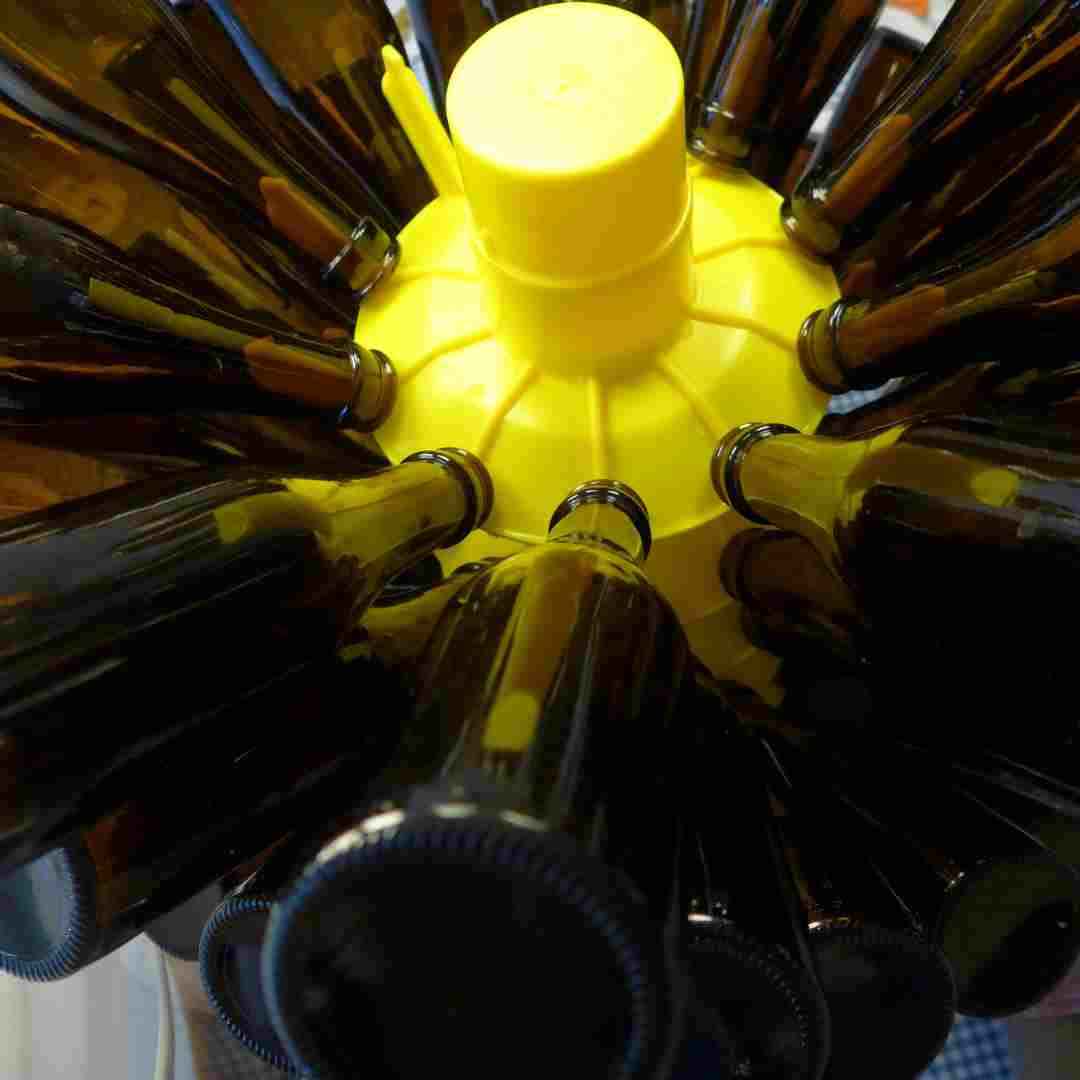Homebrew requires a brewing vessel, materials, and a technique to sterilize. Steeping grains, boiling hops, cooling, and fermenting with yeast are the steps. Depending on the brew, fermentation can take days or weeks. After fermentation, bottle or keg your beer and drink it.
Homebrewing for Beginners
Homebrewing begins with equipment. A large pot (at least 5 gallons), a fermentation vessel (plastic bucket or glass carboy), a siphon, a hydrometer, and bottles or a keg to store your beer are needed. Malt extract, hops, yeast, and water are needed. Buy these items separately or in a home brewing kit.
Brew once you have the tools and supplies. Heat water in the big pot first. Add malt extract after boiling. This provides sugars for the yeast to make alcohol. Hops are added throughout the boil to flavor and bitter the beer.
After boiling, chill the wort. Put the pot in an ice bath or use a wort chiller. After cooling the wort, add yeast to the fermenting vessel. The yeast will ferment wort carbohydrates into alcohol and carbon dioxide.
Depending on the beer and fermentation temperature, fermentation takes roughly two weeks. Using a hydrometer, measure the beer's specific gravity. This shows beer sugar levels and fermentation completion.
After fermentation, bottle or keg your beer. Before bottling, add a little sugar to the beer. The bottle carbonates. Kegging requires force carbonation with a CO2 tank.
Drink your beer after a few days of carbonation. You brewed beer! This simple guide doesn't cover all home brewing options. This should have given you a basic idea and inspired you to make beer at home.
Homebrewing is addictive. After your first batch, you'll want to try other ingredients and styles. You might even enter your beers in competitions or share them with friends and family. Have fun and enjoy home brewing wherever it leads you. Cheers!
10 Homebrewing Essentials
Home brewing lets you make your beer. Before brewing, you need the necessary instruments and ingredients. This article covers the 10 necessary home brewing tools and supplies.
1. Brew Kettle
Homebrewers need a kettle. You'll boil wort and add hops there. A 5-gallon stainless steel brewing kettle is ideal.
2. Fermenter
After boiling, transfer the wort to a fermenter. Yeast turns wort carbohydrates into alcohol in a fermenter. A plastic bucket or glass carboy can ferment.
3. Airlock
Airlocks prevent oxygen and other pollutants from entering the fermenter while letting carbon dioxide out. Airlocks prevent beer contamination.
4. Hydrometer
Hydrometers measure wort and beer-specific gravity. This measurement shows you how much sugar and alcohol your beer has.
5. Thermometer
Homebrewers need thermometers to monitor wort and beer temperatures. Temperature impacts beer flavor and aroma.
6. Auto-Siphon
An auto-siphon lets you transfer beer without disturbing the sediment in the fermenter. It helps bottle beer.
7. Bottles
After fermentation, bottle your beer. Glass bottles are better for reuse and scratch resistance than plastic ones.
8. Bottlecaps
Caps seal beer bottles. New bottle caps keep beer fresh and carbonated.
9. Hops
Hops give beer its bitterness, flavor, and scent. Many hops varietals have distinct traits.
10. Malt Extract
Malt extract, a concentrated syrup from malted barley, offers fermentation sugars. It's available in liquid and dry forms in many flavors and colors.
In conclusion, home brewing is fun and rewarding if you have the correct gear and supplies. Home brewing requires a kettle, fermenter, airlock, hydrometer, thermometer, auto-siphon, bottles, bottle caps, hops, and malt extract. You can make great beer with these tools and supplies.
Mastering Fermentation: Home Brew Tips
Homebrewing begins with ingredient selection. Beer contains water, malted barley, hops, and yeast. Beer's main ingredient is water. Hops add bitterness and flavor, while malted barley provides carbohydrates for yeast to develop into alcohol. Yeast ferments carbohydrates into alcohol and CO2.
After gathering ingredients, brew your beer. Mash, boil, and ferment. Mash malted barley in boiling water to extract sugars. Boiling sterilizes and extracts hop flavors by adding hops and boiling for an hour. Fermenting entails adding yeast to cooled wort (water, malted barley, and hops) and letting it ferment for days or weeks.
Temperature control is crucial to good beer. Yeast is temperature-sensitive, and different strains perform better at different temperatures. Your yeast strain's optimal fermentation temperature should be maintained. A fermentation chamber or cool, dark area can do this.
Sanitation is crucial to good beer. Bacteria can degrade beer and give off-flavors. Sanitize all equipment before and after use. Sanitize your equipment by soaking or spraying it.
Finally, homebrewing requires patience. Rushing beer fermentation can cause off-flavors and other issues. Before consumption, beer should ferment for the necessary time and mature in the bottle or keg.
In conclusion, home brewing is a pleasant, rewarding pastime that demands knowledge, talent, and patience. Choose the correct ingredients, maintain the temperature, sanitize your equipment, and be patient to make great beer. Home brewers can learn fermentation with practice.

Q&A
1. What equipment is needed for home brewing?
– A big pot, fermenting vessel, airlock, siphon, bottles, and caps are needed.
2. What ingredients do I need for home brewing?
– Malt, hops, yeast, and water are needed. Fruit, spices, and specialty grains are optional.
3. How long does homebrewing take?
Brewing takes 2-3 hours, fermentation 1-2 weeks, and bottle carbonation 1-2 weeks. Usually 3-4 weeks.
Homebrewing requires equipment, ingredients, a recipe, and patience. Sanitize all equipment and follow brewing instructions for a successful batch. You can make wonderful home brews with practice and experimenting.
